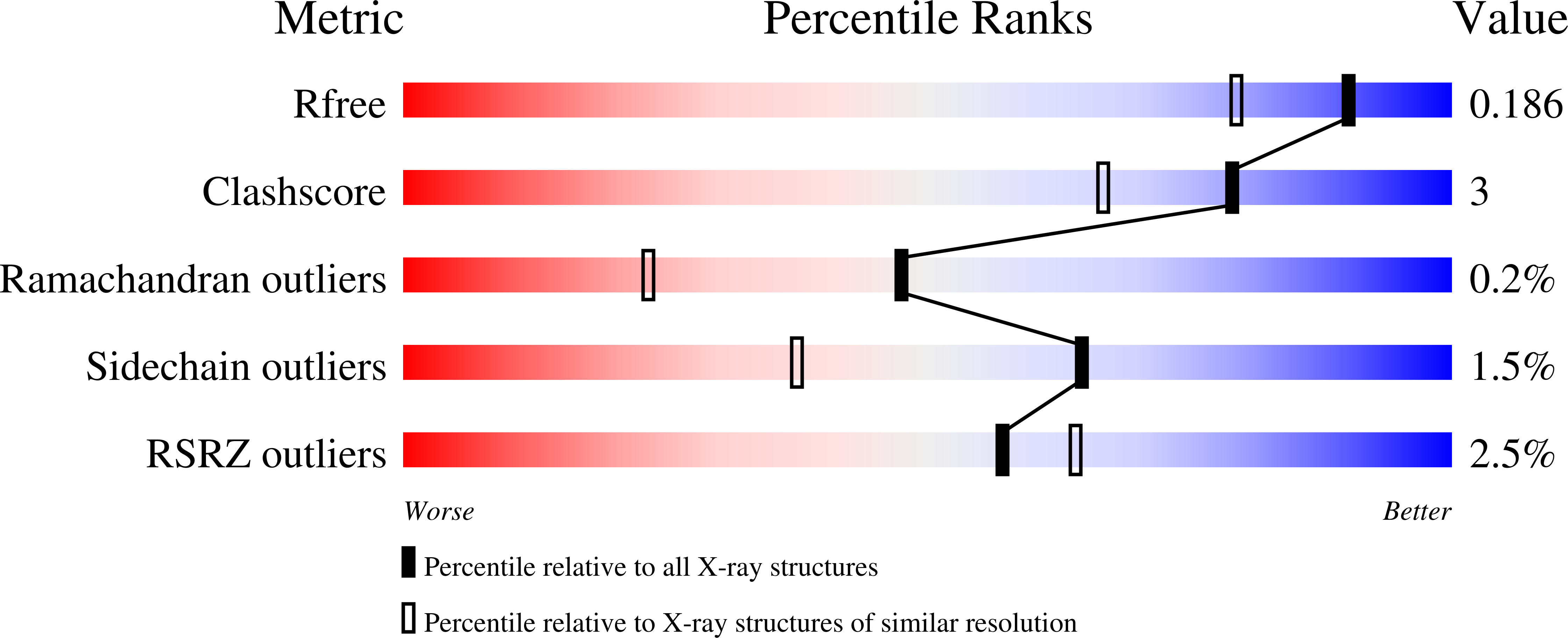
Deposition Date
2022-10-31
Release Date
2023-03-08
Last Version Date
2024-11-20
Method Details:
Experimental Method:
Resolution:
1.56 Å
R-Value Free:
0.18
R-Value Work:
0.16
R-Value Observed:
0.16
Space Group:
P 1 21 1


